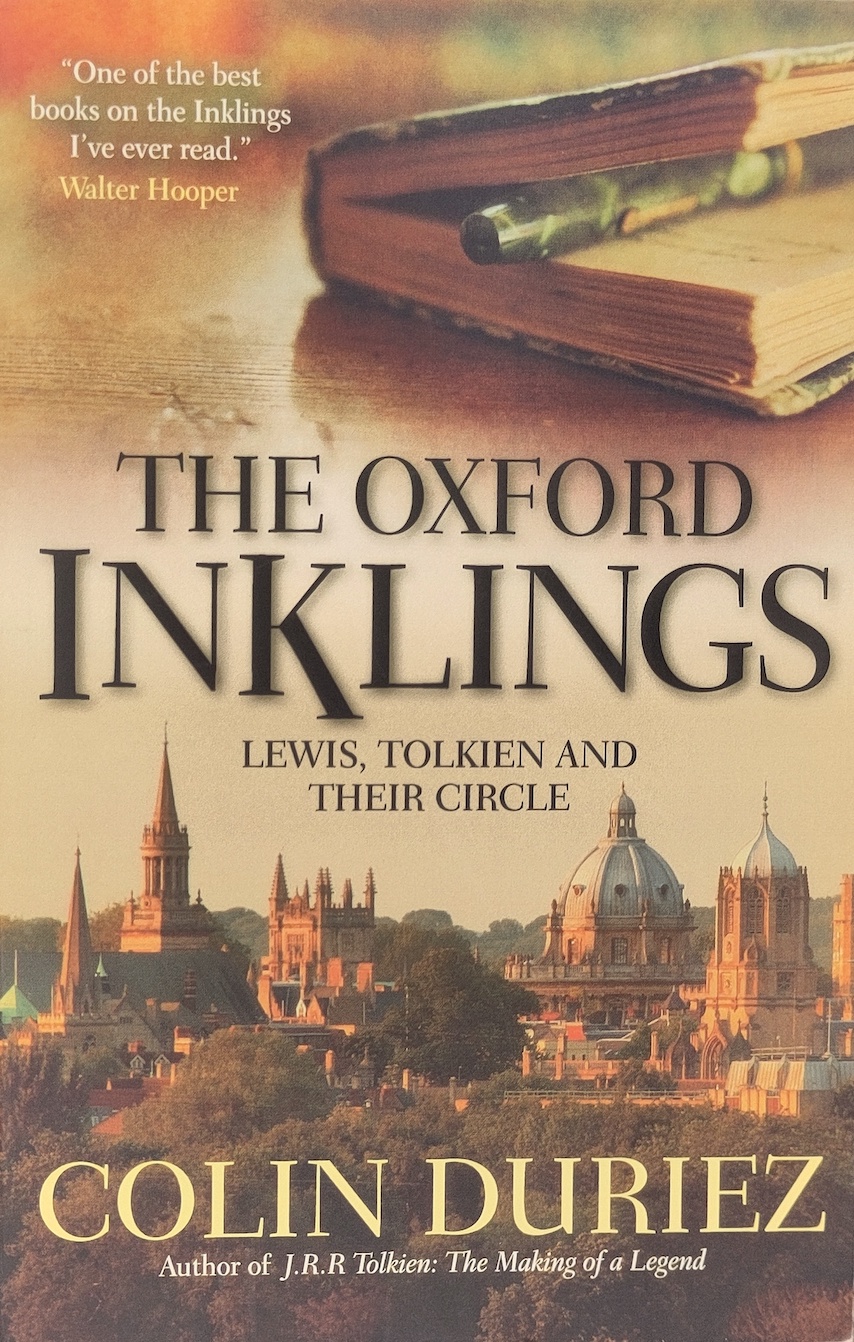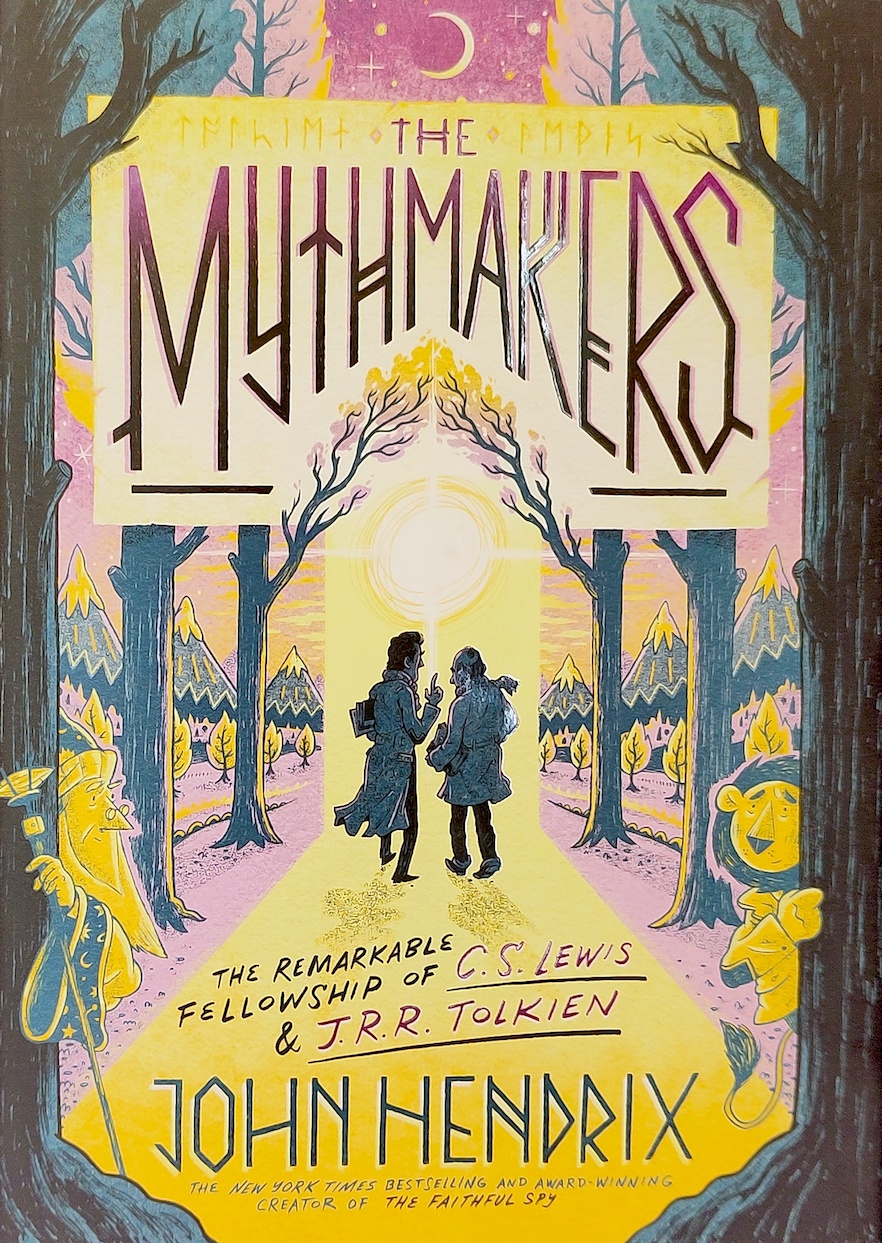Biographical Works
J.R.R. Tolkien: A Biography
J.R.R: Tolkien: A Biography was written by Humphrey Carpenter and published in 1977. It is considered to be the authorized biography of J.R.R. Tolkien, having been written on the basis of Tolkien’s private papers as well as conversations with his friends and family. In a first part, the book recounts Tolkien’s early life in South Africa and Birmingham, his studies at Oxford, and his participation in the War. It then outlines the beginning stages of Tolkien’s mythological world throughout his time in Oxford and Leeds, before turning to his return to Oxford. In the following chapters, the various steps in Tolkien’s creation of The Hobbit and subsequently The Lord of the Rings are recounted and placed in relation to his academic work and personal life during this time. The biography closes with a few chapters about his later years, including his struggle with The Silmarillion and his eventual death. The book includes appendices providing a Tolkien family tree, a simplified chronology of Tolkien’s life, as well as an extensive list of Tolkien’s published works.
Tolkien (2019)
The 2019 biographical drama Tolkien, directed by Dome Karukoski, recounts J.R.R. Tolkien’s (played by Nicholas Hoult) early life in Birmingham, in Oxford, and his participation during the First World War. The film lays a strong focus on Tolkien’s romance with Edith Bratt (Lily Collins) as well as on his group of literary friends at Oxford.
The Letters of J.R.R. Tolkien
This volume, edited by Tolkien biographer Humphrey Carpenter, reproduces a wide variety of letters written by J.R.R. Tolkien over his lifetime. While the first edition, published in 1981, contained 354 of his letters to family members, friends, and fans, this 2023 revised edition features an additional 154 letters, most of which have never been published before. The letters span from 1914, when Tolkien was still a student at Oxford, to a few days before his death in 1973.
Tolkien: Maker of Middle-earth
In Tolkien: Maker of Middle-earth, Catherine McIlwaine provides a varied catalogue of J.R.R. Tolkien and his work. In a first part, the book consists of six short essays by several renowned Tolkien scholars on various topics, ranging from a biographical sketch of Tolkien’s life, through his construction of Elvish, to a discussion of Tolkien’s visual art. The second part of the book contains McIlwaine’s catalogue, which leads the reader through various stages of Tolkien’s life and work, from his early childhood to the completion of The Lord of the Rings. This colourful book is accompanied throughout by visual material, containing countless images of J.R.R. Tolkien’s manuscripts, drawings, and maps, as well as letters and photographs conserved by his family.
J.R.R. Tolkien: Artist & Illustrator
Wayne G. Hammond and Christina Scull’s J.R.R. Tolkien: Artist & Illustrator explores J.R.R. Tolkien’s visual art, ranging from pencil and ink sketches, through elaborate watercolor paintings, to his iconic dust-jacket designs for The Lord of the Rings and The Hobbit. In this book, Hammond and Scull extensively discuss the contexts of Tolkien’s artworks and highlight their contribution to his widely beloved written works. The book reproduces around 200 of Tolkien’s original works, many of which had never been published before.
The Worlds of J.R.R. Tolkien: the Places that Inspired Middle-earth
In The Worlds of J.R.R. Tolkien, renowned Tolkien expert John Garth explores the places that inspired Tolkien in his creation of Middle-earth. The book extensively traces Tolkien’s mythology through Great Britain – from Birmingham and Oxford to Wales and Scottland – while also devoting large sections to his inspirations drawn from the Swiss Alps, the French battlefield of the First World War, the Africa of his early youth, as well as the fictional localities of northern mythology. The book is accompanied by numerous images, including photographs and maps, as well as various artworks, including some of Tolkien’s own illustrations.
Switzerland in Tolkien's Middle-earth: in the Footsteps of his Adventurous Summer Journey in 1911
M.S. Monsch’s newly published Switzerland in Tolkien's Middle-earth delineates Tolkien’s journey through the Swiss Alps in 1911 and examines the strong influence this trip had on his literary works. In this book, Monsch follows Tolkien’s route from the Bernese Oberland through the Valais and back to Lake Thun, during which he links the various sceneries to passages and locations in Middle-earth. This expansive exploration of space in Switzerland and Middle-earth is accompanied by over 100 color images and is thoroughly supported by Tolkien’s own writing about his journey in Switzerland as well as by contemporary reports. However, the book also offers further suggestions for possible connections between Middle-earth and Switzerland beyond the firmly proven, discussing possible linguistic connections between place and character names in Middle-earth and Swiss culture and locations, as well as tracing Tolkien’s descriptions of characters and races to Swiss folk tales and local art. Lastly, in its Appendix the book includes a list of hiking suggestions that allow readers to recreate Tolkien’s own journey.
The Oxford inklings: Lewis, Tolkien and their Circle
In this work, Colin Duriez traces the history of the “Inklings”, the 1930s and 40s informal literary circle based around the University of Oxford, which included writers such as C.S. Lewis, J.R.R. Tolkien, Owen Bartfield, and Charles Williams. Duriez explores the lives and writings of these and other members of the Inklings and inspects how these writers influenced each other. Through a chronological approach, the book traces the beginnings, the flourishing stages, as well as the end and afterlives of this literary group and provides a succinct but informative overview of many of its lesser-known members.
The Mythmakers: The Remarkable Fellowship of C.S. Lewis & J.R.R. Tolkien (a Graphic Novel)
John Hendrix’s The Mythmakers is a graphic novel biography of J.R.R. Tolkien and C.S. Lewis. The beautifully illustrated story traces the two authors’ lives from their childhoods to their vast literary successes, with a special focus being set on the parallels in their lives and the deep friendship that blossomed between them. However, the graphic novel not only educates the reader about the lives of the two authors, but also provides abundant context information about life and culture in the early 20th century that may especially help a younger audience to follow the story. Further, the story of Tolkien and Lewis is embedded in a frame narrative which teaches the reader about the significance (and terminology) of mythology and fantasy and provides additional material for anyone interested in the more academic ideas behind the narrative.

